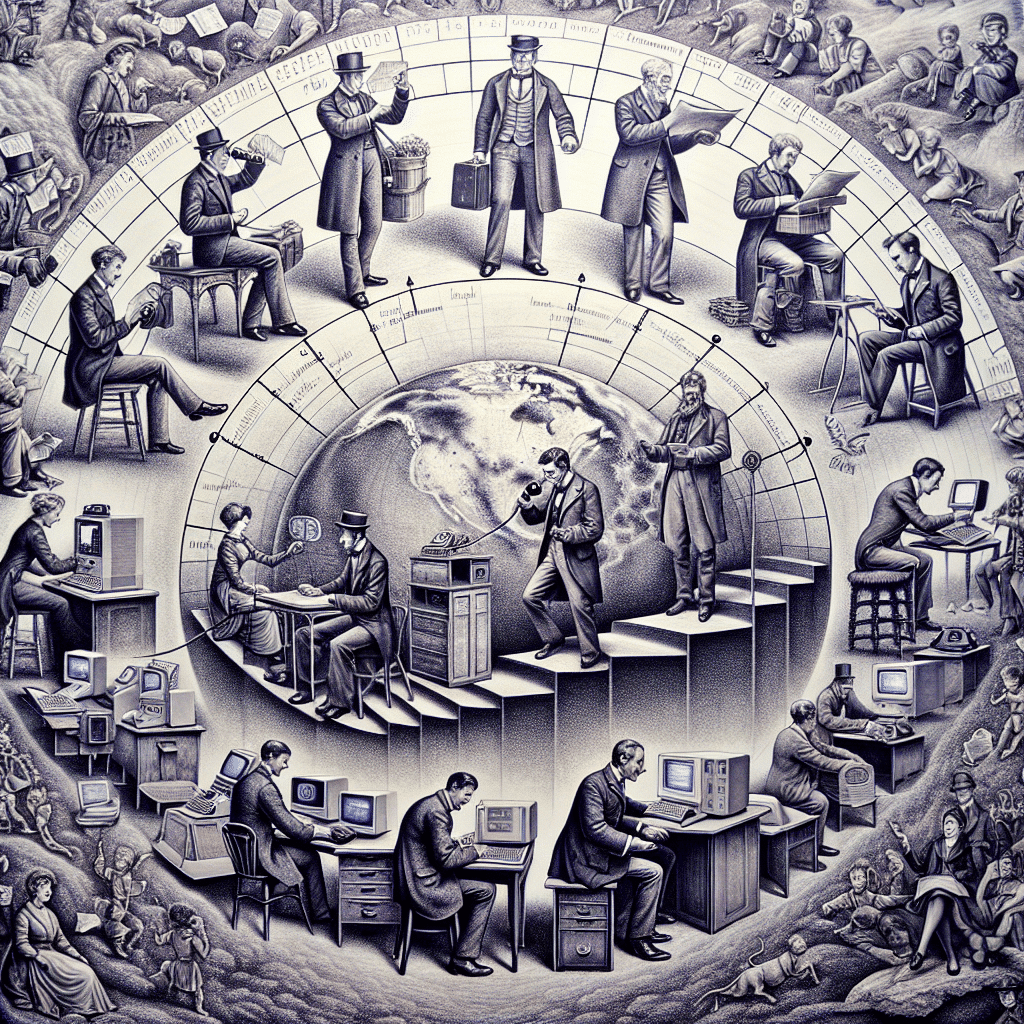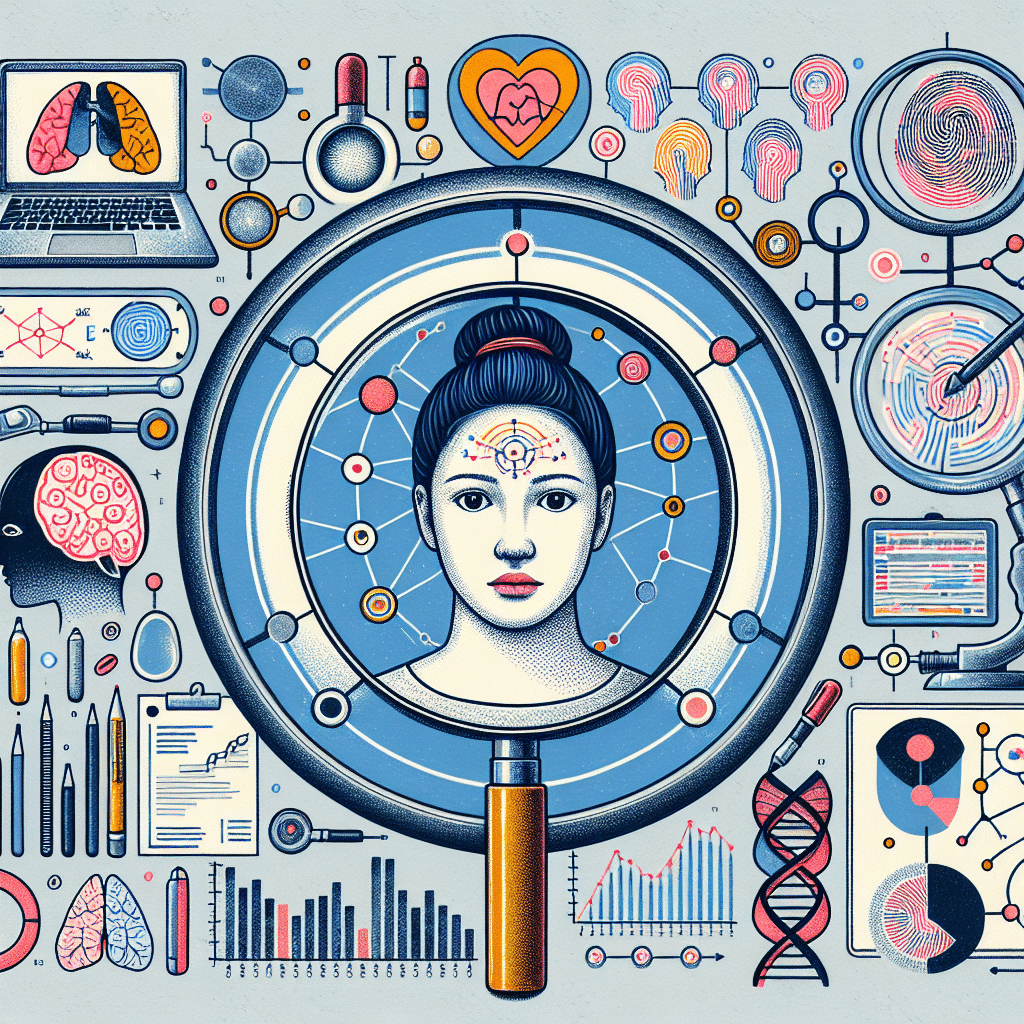Technological advancements have transformed the way we communicate in modern society. From the invention of the telegraph to the rise of social media platforms, communication technology has evolved significantly over the years. Let’s explore how these advancements have revolutionized the way we connect and interact with one another.
Evolution of Communication Technology
Communication technology has come a long way since the days of sending messages through smoke signals or carrier pigeons. The invention of the telephone in the late 19th century marked a milestone in communication technology, enabling people to talk to each other across long distances. The development of the internet in the late 20th century further revolutionized communication, allowing for instant messaging, emailing, and video calls.
Today, we have a plethora of communication tools at our fingertips, such as smartphones, social media platforms, and video conferencing software. These technologies have made it easier than ever to stay connected with friends, family, and colleagues, no matter where they are in the world.
As communication technology continues to advance, we can expect to see even more innovative tools and platforms that will further enhance our ability to communicate effectively and efficiently.

Impact of Technology on Communication Skills
The rapid advancements in technology have revolutionized the way we communicate with one another. From traditional face-to-face interactions to virtual conversations, technology has significantly impacted our communication skills. One of the key impacts of technology on communication skills is the shift towards digital communication platforms such as email, instant messaging, social media, and video conferencing.
While these platforms have made communication more efficient and convenient, they have also had an impact on our ability to engage in meaningful and empathetic communication. Face-to-face interactions allow for nuances in tone, body language, and facial expressions that are often lost in digital communication, leading to misunderstandings and misinterpretations.
Furthermore, the constant connectivity that technology provides has led to shorter attention spans and a decreased ability to focus on deep, meaningful conversations. Many individuals find themselves constantly distracted by notifications and messages, hindering their ability to engage fully in conversations.
On the other hand, technology has also expanded the reach of our communication, allowing us to connect with individuals from around the world instantly. This has enabled collaboration on a global scale and facilitated the sharing of ideas and knowledge across borders.
It is important to recognize the impact that technology has on our communication skills and make a conscious effort to develop and maintain strong interpersonal communication abilities. Finding a balance between digital and face-to-face communication, actively listening, and practicing empathy are essential skills that can help mitigate the negative impacts of technology on our communication abilities.
In conclusion, while technology has undoubtedly brought about numerous benefits in terms of communication, it is important to be mindful of its impact on our communication skills and make an effort to cultivate and enhance them in order to effectively connect with others in a meaningful way.
Benefits of Technological Advancements in Communication
Technological advancements in communication have revolutionized the way we interact and connect with others. One of the key benefits of these advancements is the ability to communicate instantly, regardless of geographical locations. This has not only made communication more convenient and efficient but has also broken down barriers to communication that once existed.
Improved Connectivity
With the rise of smartphones and social media platforms, people can now stay connected at all times. Whether through messaging apps, video calls, or social networking sites, technology has made it easier for individuals to communicate with friends, family, and colleagues in real-time. This increased connectivity has strengthened relationships and fostered collaboration in ways that were not possible before.
Enhanced Collaboration
Technology has also facilitated collaboration on a global scale. Virtual meetings, cloud-based platforms, and project management tools have allowed teams to work together seamlessly, regardless of their physical location. This has not only improved productivity but has also enabled diverse perspectives and ideas to come together to solve complex problems.
Access to Information
The internet has made information more accessible than ever before. With just a few clicks, individuals can find answers to their questions, learn new skills, and stay informed about current events. This has empowered people to educate themselves and engage in meaningful conversations about various topics, leading to a more informed and connected society.
Personalized Communication
Technology has enabled personalized communication through targeted messaging and content. Businesses can now tailor their communication strategies to specific audiences, leading to more effective marketing campaigns and customer engagement. This personalization has also extended to personal relationships, allowing individuals to communicate in ways that resonate with their unique preferences and interests.
In conclusion, technological advancements in communication have brought about numerous benefits that have transformed the way we connect with others. From improved connectivity and collaboration to access to information and personalized communication, technology continues to shape the future of communication in a positive way.

Challenges of Technology in Communication
While technological advancements have greatly improved communication skills in many ways, there are also some challenges that come with the use of technology in communication.
1. Misinterpretation of Tone and Context
One of the biggest challenges with technology in communication is the lack of tone and context that can lead to misinterpretation of messages. Text messages, emails, and even video calls can sometimes be misunderstood due to the absence of nonverbal cues such as facial expressions, tone of voice, and body language.
2. Distractions and Information Overload
With the constant access to communication devices and platforms, individuals can easily become distracted and overwhelmed with the amount of information and messages bombarding them. This can lead to difficulties in focusing on important conversations and may result in decreased productivity.
3. Privacy and Security Concerns
Another challenge of technology in communication is the risk of privacy breaches and security threats. With the increasing amount of personal information being shared online, individuals need to be cautious about who they are communicating with and what information they are sharing to prevent potential risks of identity theft, hacking, and other cybercrimes.
4. Lack of Personal Connection
Despite the convenience of technology in communication, one major downside is the lack of personal connection that can be felt when communicating through screens rather than face-to-face interactions. This can lead to feelings of isolation, loneliness, and a decrease in emotional intelligence as individuals may struggle to develop strong relationships and empathize with others.
In conclusion, while technology has revolutionized communication skills and made it easier for people to connect with one another, it is essential to be aware of the challenges that come with it. By being mindful of how technology impacts our communication practices, we can work towards overcoming these obstacles and leveraging technology to enhance our communication skills effectively.
Future Trends in Communication Technology
The landscape of communication technology is constantly evolving, and it is important to stay updated on the latest trends to remain competitive in today’s fast-paced world. As we look towards the future, several key trends are expected to shape the way we communicate:
1. Artificial Intelligence (AI) Integration
Artificial Intelligence is revolutionizing the way we communicate by providing personalized interactions and seamless experiences. AI-powered chatbots, voice assistants, and predictive analytics are becoming increasingly common, allowing for more efficient and effective communication across various channels.
2. Internet of Things (IoT) Connectivity
The Internet of Things is connecting devices and systems like never before, creating a more unified and interconnected communication network. From smart homes to wearable technology, IoT is expected to play a significant role in enhancing communication capabilities and facilitating real-time data exchange.
3. Virtual and Augmented Reality (VR/AR) Applications
Virtual and Augmented Reality technologies are revolutionizing the way we communicate by creating immersive and interactive experiences. From virtual meetings to augmented reality presentations, these technologies are expected to enhance communication by providing more engaging and innovative ways to connect with others.
4. Blockchain for Secure Communication
Blockchain technology is revolutionizing communication by providing secure and transparent networks for exchanging information. With its decentralized and encrypted nature, blockchain can help prevent data breaches and ensure the privacy and security of communication channels.
5. 5G Network Expansion
The rollout of 5G networks is expected to transform communication by providing faster and more reliable connections. With increased bandwidth and lower latency, 5G technology will enable real-time communication, high-quality video conferencing, and seamless collaboration on a global scale.
As these trends continue to shape the future of communication technology, it is essential for individuals and businesses to adapt and embrace these advancements to stay ahead in an increasingly digital world.

Summary
Technological advancements have revolutionized communication, enabling individuals to connect instantly from anywhere in the world. While these advancements have improved efficiency and convenience, they have also posed challenges such as digital distractions and misinterpretation of messages. However, the benefits of enhanced communication technology cannot be ignored, as they have paved the way for global connectivity and collaboration, ultimately enriching our personal and professional lives.






